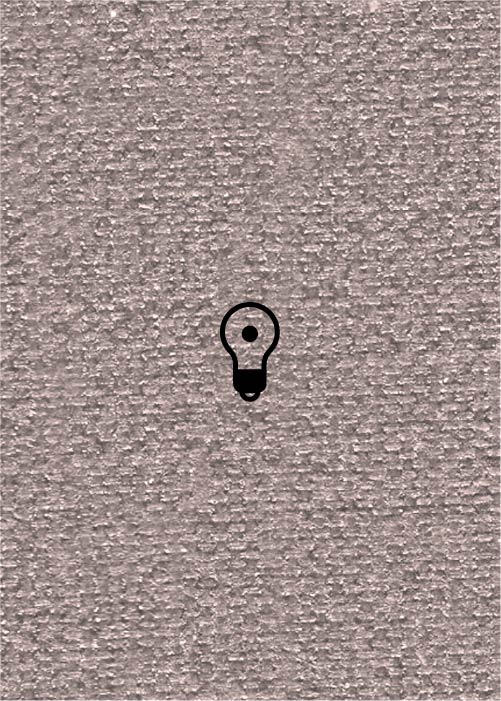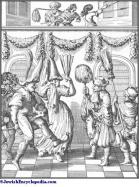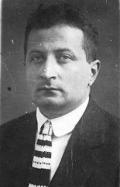(284 results found)
Hag Purim – The story behind its melody
… we dedicate the Song of the Month to a very popular Eastern European Ashkenazi melody that, in the early 1920s, was set … Israeli children. As a most widely recognized melody in the Eastern European Jewish world, the melody of “ H ag Purim” …

Sher
… collections. Judging by commercial recordings from Europe and the United States, some khosidls had the same … that are widely found in the accounts of Jewish Ashkenaz in Eastern Europe, and they are danced among us up until this … the German Jews that migrated to Russia and to the rest of Eastern Europe, following their expulsion from various lands …

Polka
… repertoire’ couple dances of Western and Central European origin’ such as lances, pa de span, padekater, … mazurkas (both in 3/4 meter), polkas (2/4), tangos (4/4) European military marches (2/4 and 6/8), and popular pieces … the waltz words were sung which went with the rhythms... Eastern European Jews were accustomed to invite each guest …

Quadrille (LKT)
… repertoire’ couple dances of Western and Central European origin such as lances, pa de span, padekater, … the waltz words were sung which went with the rhythms... Eastern European Jews were accustomed to invite each guest to an …

Patsh Tants (LKT)
… dance was widespread in the region of Vilna... [and all of] Eastern Europe...” Fridhaber 1972, pp. 32-33 . “Patch Tanz. Dance (lit. ‘clap dance’) of Eastern European origin, In a slow duple meter, it is part …

Kozak (LKT)
… shers, kozakl, polke... ” Stutschewsky 1959, p. 164 . “Eastern European Jews were accustomed to invite each guest to a …
Yekhiel Yeshaye Trunk
… many books. Full biography at The YIVO Encyclopedia Jews in Eastern Europe (Author: Jan Schwarz) A list of his publications at …

Volekh (LKT)
… such as freylekhs, volekhls, shers, kozakl, polke ... Eastern European Jews were accustomed to invite each guest to an …

Doyne (LKT)
… achieved currency among klezmorim throughout a wide area of Eastern Europe. Primarily intended for listening rather than … to the non-Jewish epic ballads from Wallachia in Southeastern Romania... Improvisations like taksim and doyne were …

Bulgar (LKT)
… full reference. “ Bulgar or bulgarish is a common East European Jewish music and dance form, usually in 2/4 time. … of the American-Jewish repertoire, popular in parts of Eastern Europe in the late 19th and early 20th centuries. … from the first half of the 19th century. The bulgarish , in Eastern Europe only regionally popular, gradually became the …




